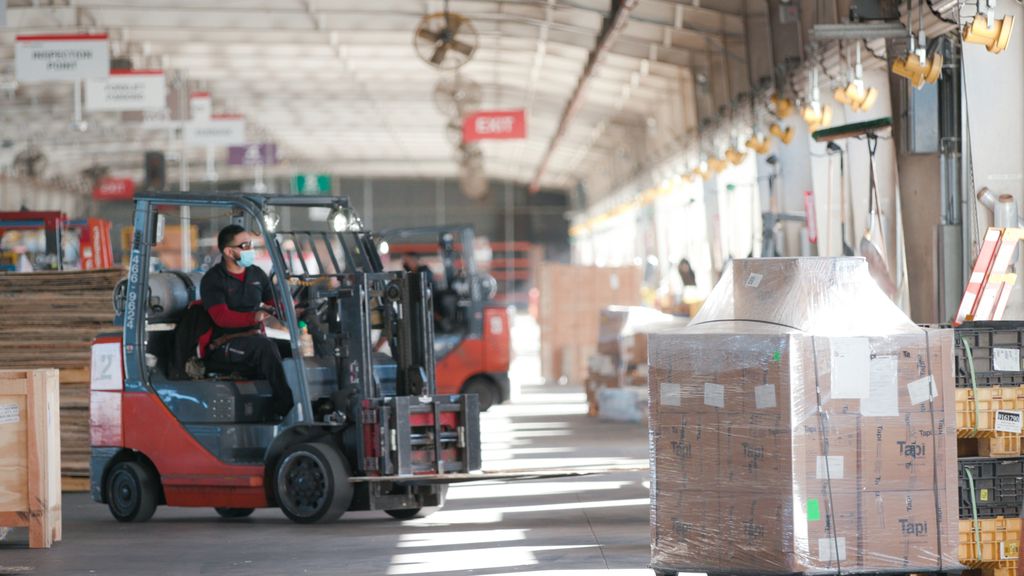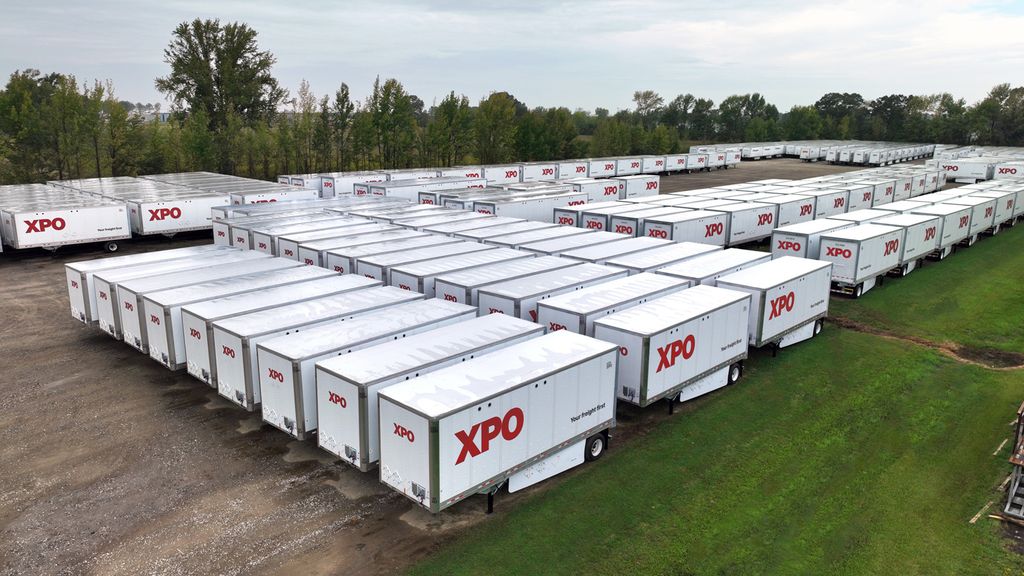How to Protect Less-Than-Truckload (LTL) Freight Shipments from Damage
Did you know that an LTL shipper can waste five hours and 25% of shipment value, on average, in dealing with an exception and cargo claim? The shipper-customer relationship can also be damaged, and the collective loss can be debilitating. For these reasons, LTL shippers need to be proactive in protecting their freight. With a little extra effort up front from our packaging guide, you can save time and money down the road by limiting “over, short and damaged” (OS&D) freight issues.
How to Protect Your LTL Shipments from Damage
Protecting your LTL shipments from damage starts with understanding the unique shipping environment and using the right internal and external packaging. In this guide, we’ll cover essential steps to prevent LTL freight damage, reduce claims, and ship your goods with confidence. Whether you’re new to LTL shipping or experienced, these proven techniques can help you avoid costly exceptions and safeguard your cargo.
Understanding the LTL Shipping Environment and How It Impacts Freight Protection
Have you ever wondered what it's like for your freight as it makes the journey in an LTL trailer?
One challenging aspect of the LTL trailer environment are the vibrations caused by rough road surfaces. Vibrations can strain shipment packaging, and the packaging itself can weaken in extreme temperatures or humidity. These conditions can cause a material increase in risk:
Essential Freight Transportation Guides and Tips
Trade Show Shipping: 10 Green Flags for Success
How to Ship to Mexico in 6 Steps
Common Mistakes: 4 Reasons for Delays at the Border
How to Calculate Your Freight Class?
Timely Tips: Product Launch Shipping Strategy
Exhibit with confidence: A Comprehensive Trade Show Shipping Guide


To avoid these pitfalls, prepare your shipment to withstand damage in transit by utilizing both internal and external packaging. The following sections will help you make the best choices:
Best Practices for Internal Packaging to Protect LTL Shipments
Internal packaging creates a protective layer between the product and the external packaging in an LTL shipment. It’s an effective way to:
- Protect products from shocks and vibrations
- Prevent products from shifting within external packaging by filling empty internal spaces
- Shield items from factors such as extreme temperatures
Internal packaging can take numerous forms, all intended to provide maximum protection for the shipped products:
- Bubble cushioning is flexible and can be wrapped around the product as a shock-absorbing cushion. This is a good option for sensitive or unusually-shaped items.
- Loose filling is best for stabilizing products inside a box. It offers flexibility and fills even small gaps.
- Paper filling has more stabilization than loose filling. You can use it to wrap products and/or brace them against shifting.
- Paper honeycomb is lightweight and highly structured. It can be stacked or layered to protect products when you need a more durable and rigid solution.
- Foam cushioning is both lightweight and dense. It helps protect against dynamic shocks and vibrations, while bracing your items against damage in transit.
Before choosing an internal packaging material, think about what is most likely to cause damage to your freight. Then use the material that will provide the most protection against that risk.
External Packaging Tips to Prevent Freight Damage in LTL Shipping
Here are some best practices for using external packaging to protect your LTL shipments:
- Robust wooden crates built with quality lumber offer significant protection. Crates can also be reinforced with extra slats and fasteners to withstand more force.
- Pallets are designed for forklift movements. They make it easier to transfer loads on and off docks and within trailers.
- Corrugated cardboard be used to fill spaces between the pallet and products, or between layers of products stacked on the pallet. Corrugated cardboard is a stabilizer — it absorbs vibrations during transit.
- Edge boards are long corner strips that can be applied to palletized freight to improve balance, reduce damage to the corners of packages, and increase the compression strength of the freight.
- Shipping bands are heavy-duty poly bands used to secure freight to a pallet. In addition to preventing freight from shifting or coming loose, high-quality bands make it easier to handle freight at the destination.
- Shrink-wrap is a popular way to secure multiple products together on one load and limit exposure to weather. Be sure to include the base of the pallet in the shrink-wrapping to secured the products to the pallet.
Choose a carrier with specialized equipment to minimize LTL freight damage. At XPO, our proprietary SafeStack system is designed to help reduce damages and freight handling. The system is a more efficient way to load trailers and limits the need for double stacking. SafeStack, along with our use of airbags, is a key to exception-free deliveries for XPO customers.
A Reputable LTL Freight Specialist
For more information about internal and external packaging options, information on pricing and expert support for your LTL shipping, contact the LTL freight specialist team at XPO.
Further Reading


